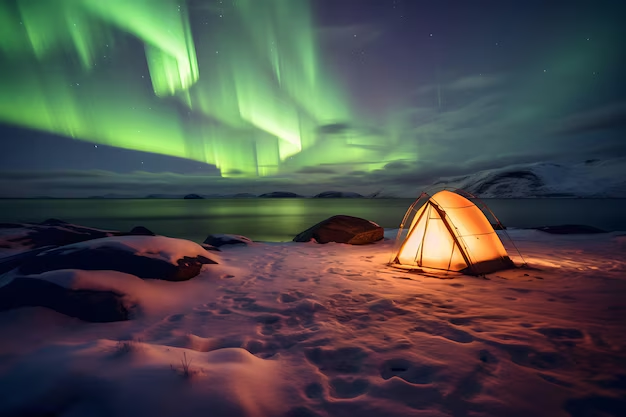Camping under the Northern Lights is a magical experience that attracts adventurers and nature enthusiasts from around the world. The aurora borealis, or Northern Lights, offers a spectacular display of vibrant colors dancing across the night sky.
To ensure a memorable and safe camping experience under this natural phenomenon, it’s important to follow best practices. This article will provide a comprehensive guide to planning, preparing, and enjoying a camping trip under the Northern Lights.
1. Understanding the Northern Lights

The Northern Lights are a result of solar particles colliding with the Earth’s atmosphere, creating stunning visual displays. They are most commonly visible in high-latitude regions, close to the Arctic Circle. The best times to witness the auroras are during the winter months when the nights are longest and the skies are darkest.
2. Choosing the Right Location
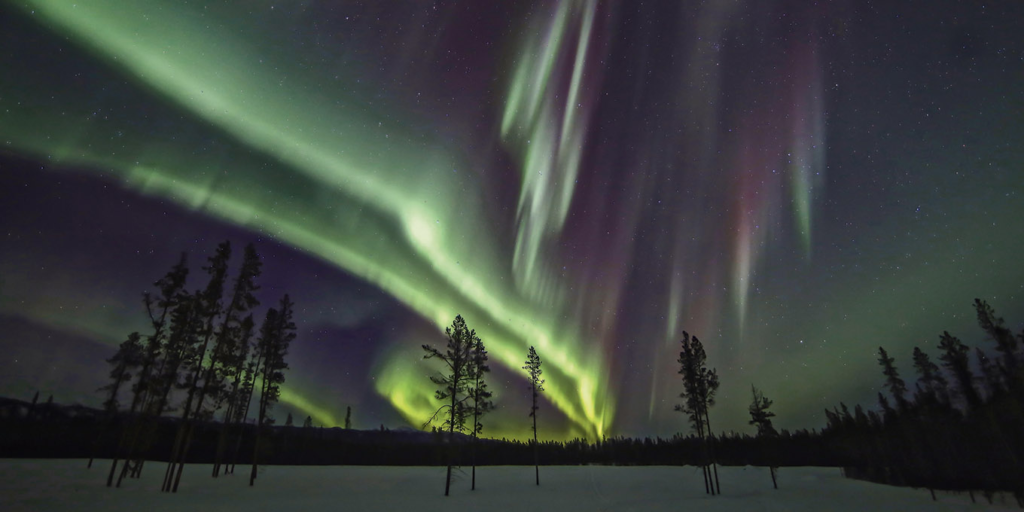
To increase your chances of seeing the Northern Lights, choose locations within the auroral zone, which includes parts of Norway, Sweden, Finland, Iceland, Canada, and Alaska. Some of the top destinations for aurora viewing are:
- Tromsø, Norway: Known as the “Gateway to the Arctic,” Tromsø offers excellent aurora viewing opportunities, especially during the polar night.
- Abisko, Sweden: Abisko National Park is renowned for its clear skies and the Aurora Sky Station, a prime spot for Northern Lights watching.
- Rovaniemi, Finland: Located in Finnish Lapland, Rovaniemi is the official hometown of Santa Claus and offers a great chance to see the Northern Lights.
- Yellowknife, Canada: Situated in the Northwest Territories, Yellowknife is one of the best places in North America for aurora viewing due to its cold, clear skies.
- Fairbanks, Alaska: Fairbanks is a popular destination for Northern Lights enthusiasts, offering a good chance of sightings from late August to April.
3. Best Time to Go

The Northern Lights are visible from late August to early April, with peak activity typically occurring around the equinoxes in March and September. Plan your trip during these months for the best chance of clear skies and aurora activity. It’s important to stay updated on solar activity forecasts, which can help predict the likelihood of seeing the lights.
4. Preparing for the Trip
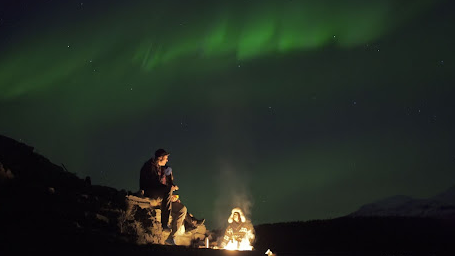
Clothing and Gear: The key to a comfortable camping experience in the Arctic is dressing in layers. Choose moisture-wicking base layers, insulating mid-layers, and waterproof outer layers. Essential gear includes:
- Thermal clothing (base layers, fleece, down jackets)
- Waterproof and windproof jackets and pants
- Insulated gloves, hats, and scarves
- Sturdy, insulated boots
- Quality sleeping bags rated for low temperatures
- Portable camping stove and cooking gear
- High-energy, non-perishable food
- First aid kit and personal medications
- Headlamp with extra batteries
- Camera and tripod for capturing the auroras
Shelter: Selecting the right shelter is crucial for a winter camping trip. Consider these options:
- Four-season tents: Designed to withstand harsh weather conditions, these tents provide adequate insulation and protection from the elements.
- Cabins or Yurts: Many aurora-viewing destinations offer cabins or yurts equipped with heating, providing a more comfortable and warm shelter option.
5. Safety Considerations
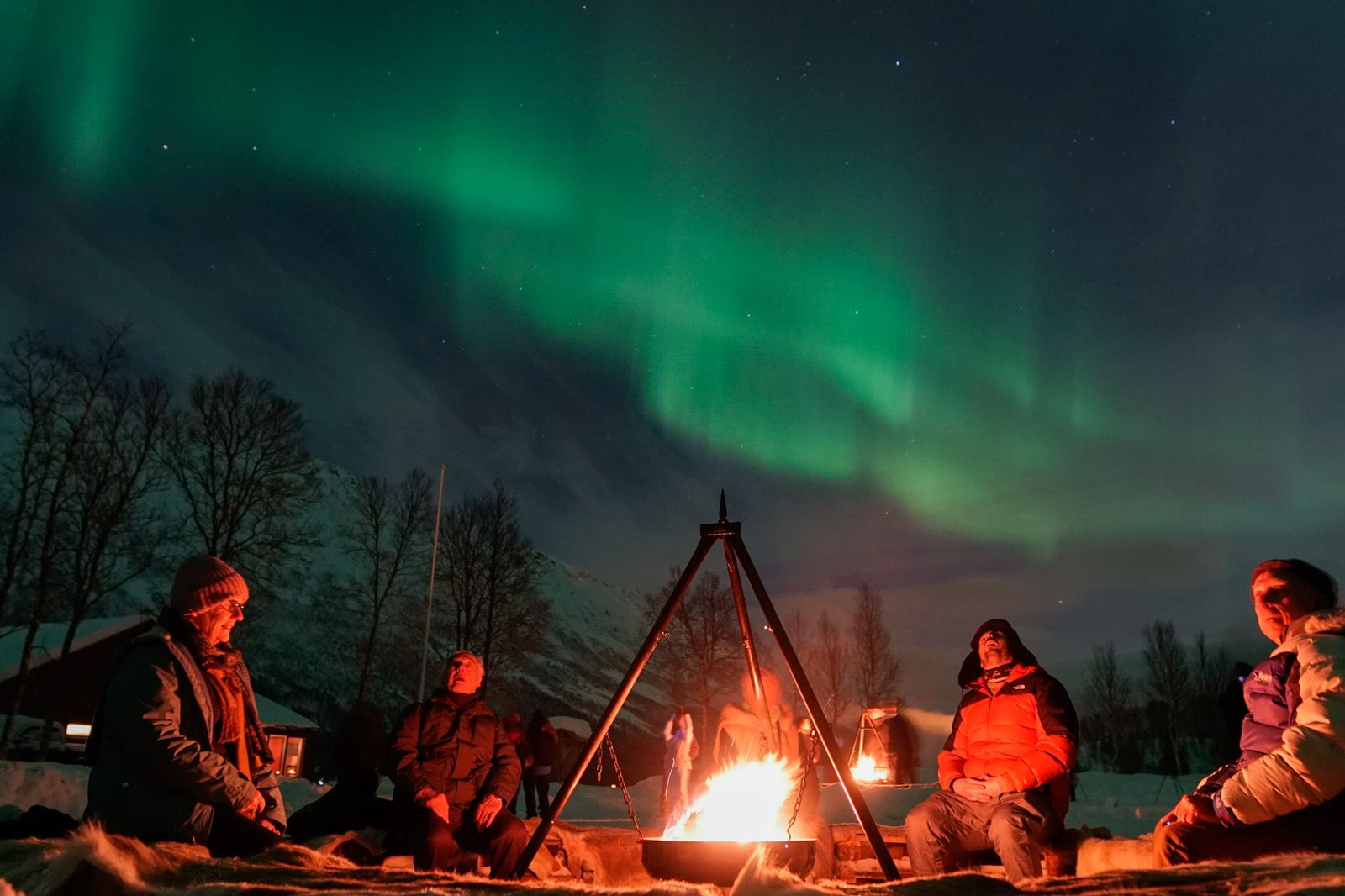
Camping in extreme cold requires careful planning and awareness of potential hazards:
- Hypothermia and Frostbite: Recognize the signs of hypothermia (shivering, confusion, slurred speech) and frostbite (white or grayish-yellow skin, numbness). Keep yourself warm and dry, and avoid prolonged exposure to the cold.
- Wildlife: In regions like Alaska and Canada, be aware of wildlife such as bears and moose. Store food securely and maintain a safe distance from animals.
- Navigation: The Arctic landscape can be disorienting, especially during winter. Carry a GPS device and maps, and let someone know your planned route and expected return time.
6. Setting Up Camp
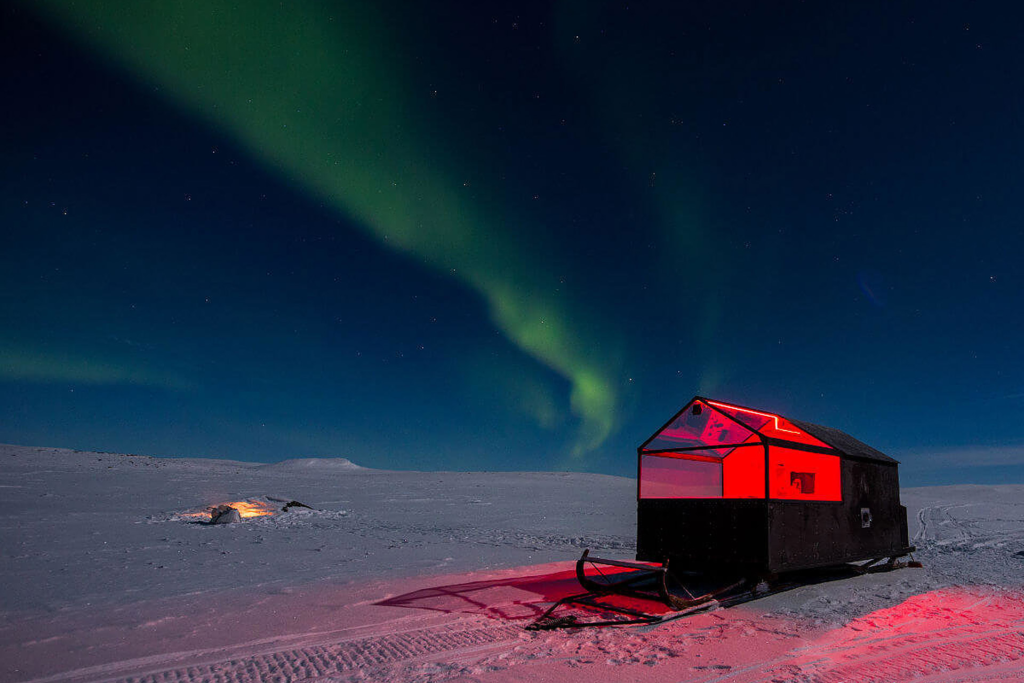
When setting up your campsite, consider the following:
- Location: Choose a flat, sheltered spot away from potential avalanche paths or falling ice. Avoid camping directly on frozen lakes or rivers without proper knowledge of ice thickness.
- Wind Protection: Set up your tent with the entrance facing away from prevailing winds. Use natural features like trees or rocks for additional windbreaks.
- Snow Anchors: In deep snow, use snow anchors or bury tent stakes to secure your tent. Regular stakes may not hold well in loose or powdery snow.
7. Enjoying the Northern Lights

Once you’ve set up camp, it’s time to enjoy the main attraction. Here are some tips for maximizing your aurora viewing experience:
- Stay Warm: Dress warmly and bring blankets or sleeping bags to keep cozy while watching the lights.
- Be Patient: The Northern Lights can be unpredictable. They may appear for just a few minutes or last for hours. Keep an eye on the sky and be prepared to wait.
- Capture the Moment: Use a camera with manual settings to photograph the auroras. Set your camera to a high ISO, a wide aperture, and a long exposure time. A sturdy tripod is essential to keep your camera steady during long exposures.
8. Leave No Trace

Respect the pristine Arctic environment by following Leave No Trace principles:
- Dispose of Waste Properly: Pack out all trash and waste. Avoid leaving food scraps that could attract wildlife.
- Minimize Campfire Impact: Use a portable stove for cooking instead of a campfire. If you must build a fire, use an existing fire ring and keep it small.
- Respect Wildlife: Observe animals from a distance and do not feed them. Store food securely to prevent attracting wildlife to your campsite.
- Be Considerate of Others: Keep noise to a minimum and respect other campers’ space and experience.
9. Local Culture and Etiquette

Many Northern Lights destinations are home to indigenous communities with rich cultural traditions. Show respect by:
- Learning About Local Culture: Take the time to learn about the traditions and customs of the local people. Participate in cultural experiences offered by local guides and communities.
- Supporting Local Businesses: Choose local guides, accommodations, and services to support the local economy.
- Respecting Sacred Sites: Be mindful of culturally significant sites and adhere to any guidelines or restrictions.
10. Additional Tips
- Stay Informed: Regularly check weather forecasts and aurora activity reports. Websites and apps like the Aurora Forecast by the Geophysical Institute can provide real-time updates.
- Be Flexible: Weather conditions can change rapidly in the Arctic. Be prepared to adjust your plans based on the weather and aurora forecasts.
- Join a Guided Tour: If you’re new to winter camping or unsure about venturing into the Arctic on your own, consider joining a guided Northern Lights tour. Experienced guides can provide valuable insights, safety, and convenience. For more- freejobalertup.info
Conclusion
Camping under the Northern Lights is a bucket-list experience that combines the thrill of winter camping with the awe-inspiring beauty of the aurora borealis. By following these best practices, you can ensure a safe, comfortable, and unforgettable adventure. Whether you’re a seasoned camper or a first-time explorer, witnessing the Northern Lights from a serene, snow-covered campsite is an experience that will leave you with lasting memories and a deeper appreciation for the natural wonders of our world.

